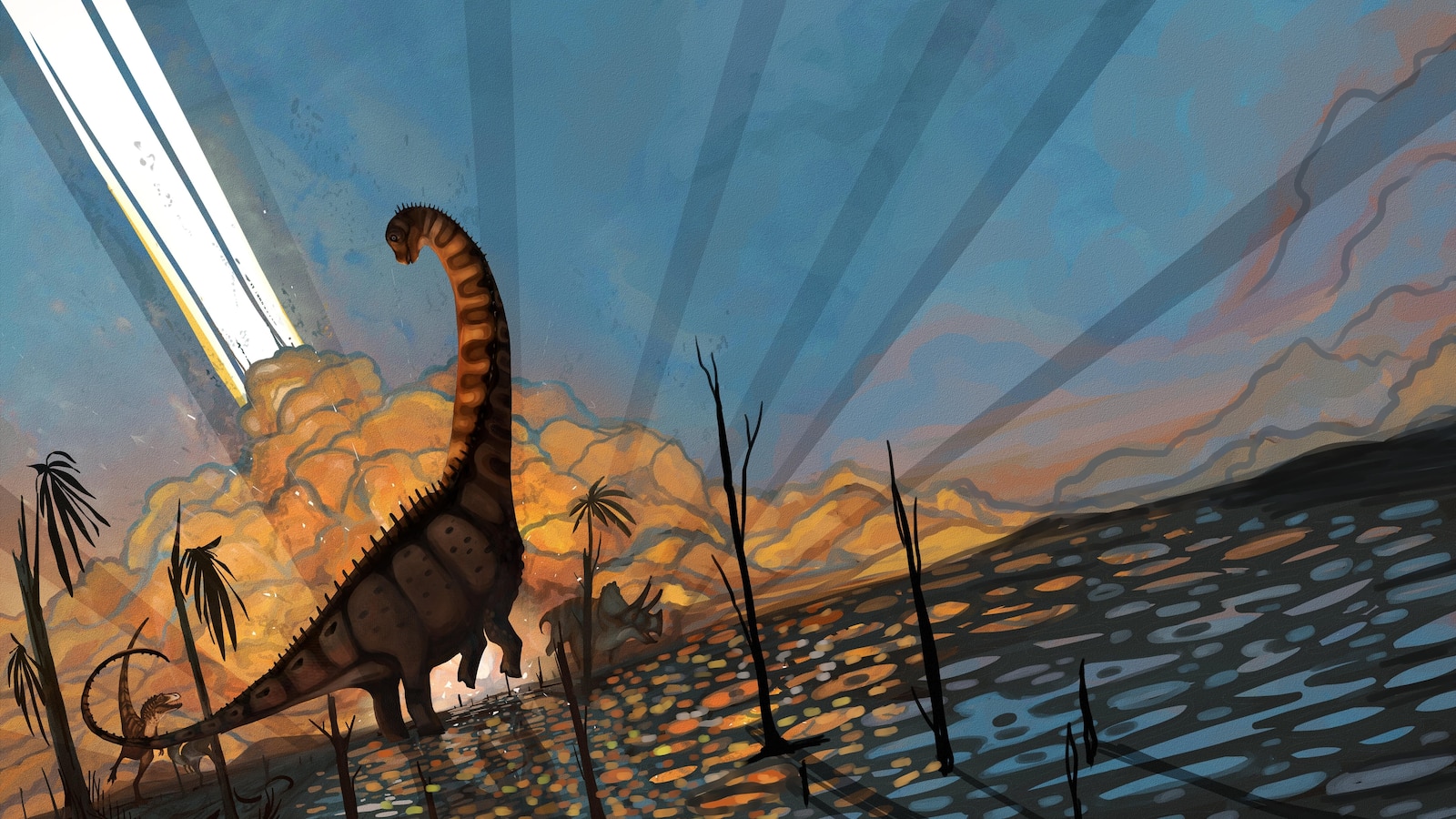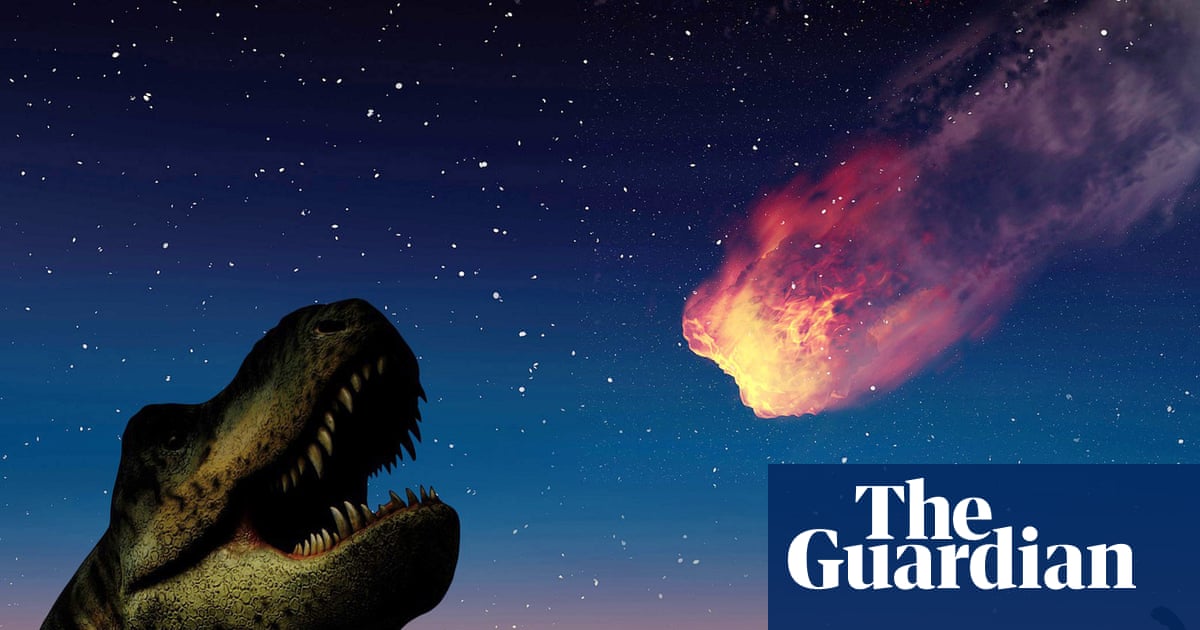Dinosaurs Thrived in North America Before Asteroid Impact, New Study Suggests
New research in North America, using fossil and geological analysis, suggests dinosaurs were thriving just before the 66-million-year-ago asteroid impact, challenging decline theories.
Overview
- A recent study published in "Science" suggests that dinosaur populations in North America were thriving before the mass-extinction asteroid strike 66 million years ago.
- Researchers analyzed volcanic glass particles, magnetic minerals, and radiometrically dated sand grains to determine the age of rock formations containing dinosaur fossils.
- Fossils from sites like the Kirtland Formation in New Mexico and locations in Montana provide evidence of diverse and flourishing dinosaur species.
- This research challenges the long-held belief that dinosaur populations were already in decline prior to the catastrophic asteroid impact event.
- Scientists caution that while compelling, evidence from a single region may not reflect global trends, emphasizing the need for further comprehensive research.
Report issue

Read both sides in 5 minutes each day
Analysis
Center-leaning sources cover this story neutrally, presenting new research suggesting dinosaurs were thriving before the asteroid strike while immediately balancing it with caveats from independent experts. They avoid loaded language and ensure a comprehensive view by including both the study's findings and its limitations, fostering an objective understanding of the scientific debate.
Articles (4)
Center (2)
FAQ
New research analyzing volcanic glass particles, magnetic minerals, and radiometrically dated sand grains from dinosaur fossil sites in North America, such as the Kirtland Formation in New Mexico and locations in Montana, shows that dinosaurs were thriving just before the 66-million-year-ago asteroid impact, contradicting previous decline theories.
Fossils from the Kirtland Formation in New Mexico, particularly the Naashoibito Member, and sites in Montana and the Dakotas, collectively indicate diverse and flourishing dinosaur species lived in distinct ecological bioprovinces across western North America just before the asteroid impact.
The study suggests dinosaurs experienced a dramatic and sudden extinction caused by the asteroid impact rather than a gradual decline beforehand, indicating that dinosaur communities were vibrant and regionally distinct until the mass extinction event approximately 66 million years ago.
Researchers used high-precision radiometric dating techniques, including the analysis of volcanic glass particles, magnetic minerals, and sand grains, to date rock formations like the Naashoibito Member of the Kirtland Formation to between 66.4 and 66 million years old, very close to the Cretaceous–Paleogene boundary.
Scientists caution that evidence from the North American region may not reflect global dinosaur population trends, emphasizing the need for additional comprehensive research in other parts of the world to determine if dinosaurs thrived globally before the asteroid impact.
History
- This story does not have any previous versions.


